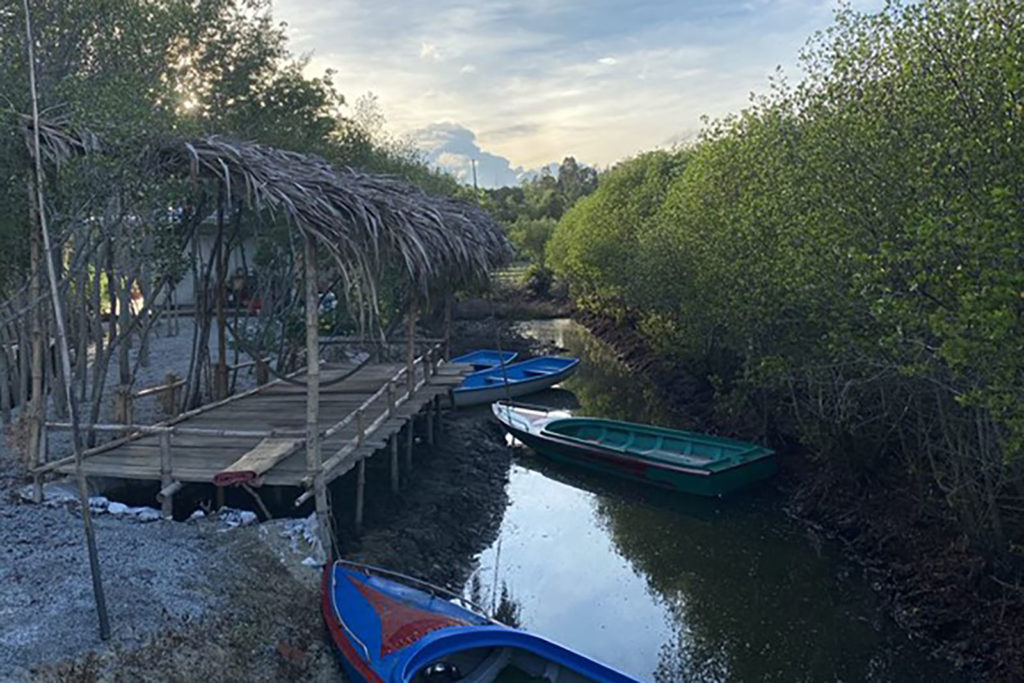Photo credit: Merran Eby
By Kestrel DeMarco, MAGG
One of the first things people ask me when I tell them about my internship with UNDP is whether I’ll be able to go to Viet Nam. Unfortunately, because of COVID, what would have been a six-month internship based out of Viet Nam has been a six-month internship based out of my living room in Vancouver, Canada. Despite this, my time with UNDP has been incredible. I’ve learned so much and feel so lucky to have had the opportunity to do such important and impactful work alongside a team that has done so much to make me and the other Canadian intern feel included and welcome (for more information on the work I’ve been doing for the Climate Change and Environment unit of UNDP Viet Nam, see my previous two blogs here and here). By now, I’m used to the 15-hour time difference between me and the rest of my colleagues, and I’ve found countless small tricks for staying motivated, productive, and connected.
Still, one thing that can’t be helped is that working from Canada means that I haven’t had the chance to experience Vietnamese culture in person, which in non-COVID times would have been one of the memorable parts of the internship. With that in mind, I decided to use this blog as an opportunity for me, and anyone reading my blog, to (virtually) learn a bit about one of the most important parts of a place’s culture: language. I started by going back to the basics: the Junior Professional (JPC) Consultant Onboarding Package and the Pre-Departure Package provided to the JPCs at the start of our internships.
Vietnamese, the official language of Viet Nam, is spoken by over 70 million people. When I first began this internship, I started trying to learn basic Vietnamese on Duolingo. But even if I had been living in Viet Nam, it’s unlikely that I would have been able to make much progress learning Vietnamese, and I definitely didn’t get very far with it on Duolingo. Still, it’s interesting to learn about the history of the language and about how it differs from other languages like English and French (the only two languages I know). Through meetings and from comparing English and Vietnamese versions of different documents, I’ve picked up on a few basic greetings, and maybe by the end of my time with UNDP I’ll have picked up on a few more.
Vietnamese is a tonal language, and the most difficult part of learning Vietnamese is learning the different tones. Vietnamese has four main dialects and in Hanoi, which is where I would have been living, people use the northern dialect. This dialect has six different tones, which, when combined with vowels, affect pronunciation and meaning. Take this example from the Onboarding Package: ma means ghost; mà means but/which; mả means tomb; mã means horse; má means mother; and mạ means rice seedling. It’s no wonder I didn’t get very far!
With three months to go in my placement, I still have a lot of interesting work to look forward to and, beyond that, hopefully one day I’ll be able to go to Viet Nam to see first-hand the impacts of UNDP’s projects and see for myself all the amazing things people have told me about Viet Nam.
